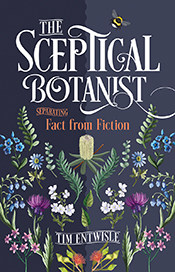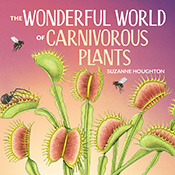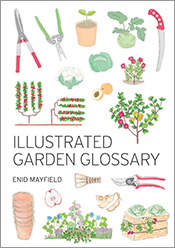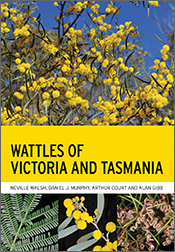Biology of Acacia. Advances in Legume Systematics Part 11
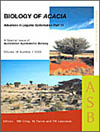
Australian Systematic Botany
Special Issue Volume 16 Number 1
This issue of Australian Systematic Botany—Biology of Acacia is Part 11 in the Advances in Legume Systematics Series. The papers collected were presented at the Fourth International Legume Conference in Canberra (2–6 July 2001).
Acacia is one of the most important genera of woody plants on Earth. Distributed in all of the continents except Antarctica, acacias are dominant shrubs and trees in many bushland and savannah habitats. Acacias are commonly key species in such environments, providing food and other resources for an enormous diversity of mammals, birds and invertebrates. Indirect interactions, mediated by shared herbivores and pollinators, link acacias to other plants within the communities of which they are a part. The foliage, fruits, wood and bark of many acacias have been used by humankind for centuries as fodder for livestock, sources of famine food and medicines, and fuel, and many species are important in modern agroforestry worldwide.
Given this importance, it is incredible how little we know about the vast majority of acacias. Each paper in the issue highlights a current issue in acacia research, combining new results or synthesis with discussion of the challenges to be met in future work.
A wide range of scientific disciplines is covered, which apply equally to other plant groups. The ecological and economic importance of acacias means that biologists must rise to the challenge of combining science and management to maintain what is valued, and control what is not. The greatest challenge remaining is to make ‘value’ an issue that is not defined solely by human need.
View Table of Contents
Visit the Australian Systematic Botany home page.
View other special issues of Australian Systematic Botany.

